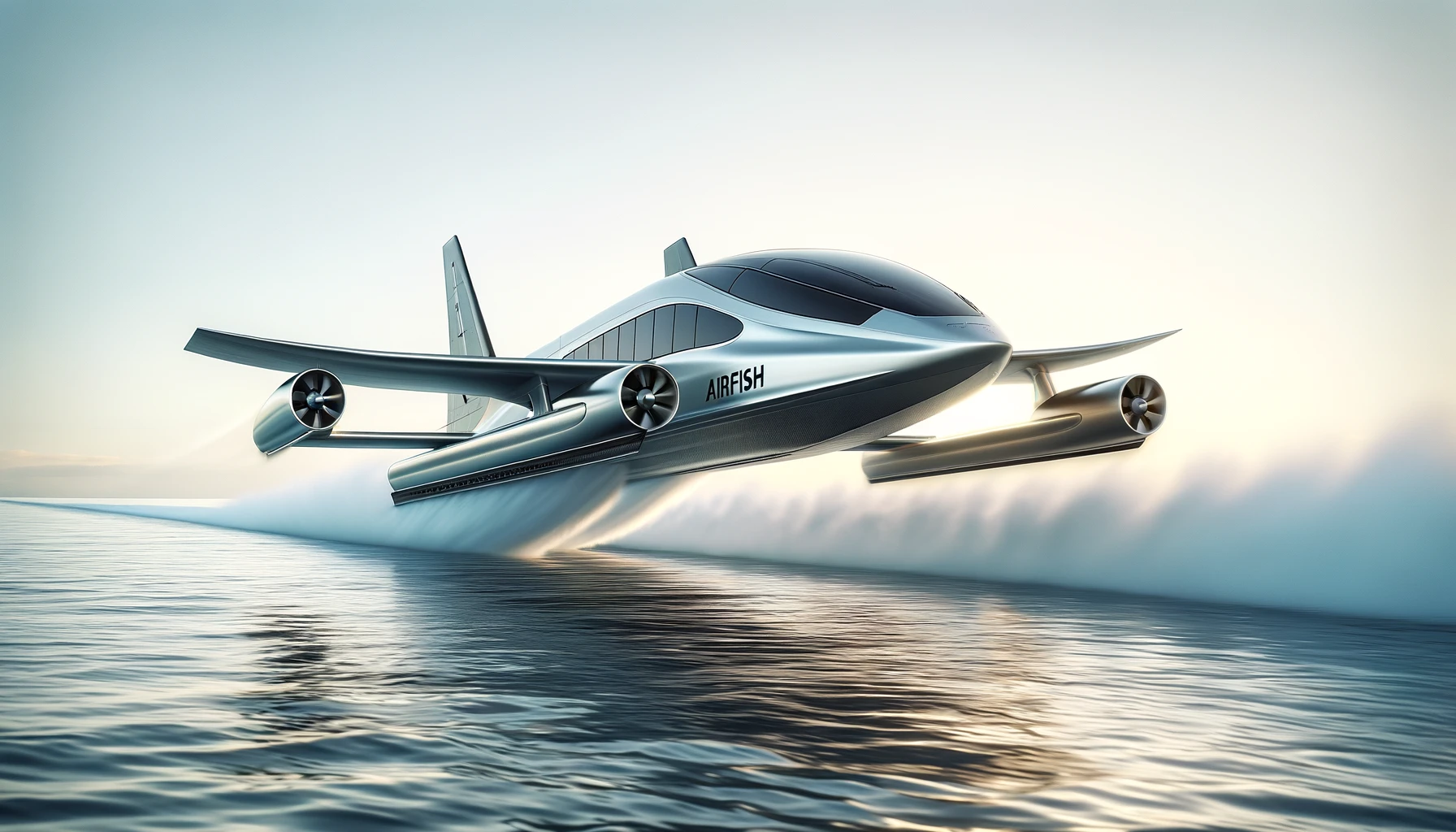Flying ferry
Highlights
1. There is a new field, LLM optimization, that tries to improve brand representation in LLM outputs.
2. Microsoft introduces “virtual employees” to automate tasks like monitoring emails and performing data entry.
3. Microsoft’s Edge will have real-time translation for video platforms.
4. Anthropic starts to map out how concepts are distributed in large language models.
5. The AirFish is a ferry that can fly above the water.
6. MIT spinout Boston Metal developed a steel-making process that uses electricity, instead of coal.
Innovation Insights
1. How marketers can adapt to LLM-powered search (Harvard Business Review)
LLMs transform search by providing direct answers instead of links, creating a consultative and conversational experience. Marketers need to adapt by ensuring their brands appear favorably in LLM outputs, requiring new metrics and workflows. The emerging field of LLM optimization (LLMO) will be crucial, offering new job opportunities as professionals adapt to manage brand representation across multiple LLM platforms.
2. Strategic alliances for generative AI: How to build them and make them work (McKinsey)
Strategic alliances are essential for leveraging generative AI’s potential, requiring more trust and collaboration than traditional vendor relationships. Companies should focus on selecting scalable, interoperable, and reusable providers, while maintaining control over their AI infrastructure and continuously monitoring performance. Effective alliances involve co-creation of solutions, joint planning, risk-sharing, and clear IP boundaries to maximize value and adapt to the rapid pace of AI technology.
AI Innovations
1. Microsoft
Microsoft is introducing AI-powered Copilots that can function like virtual employees to automate various tasks, such as monitoring email inboxes and performing data entry. These AI agents, designed to be proactive rather than waiting for user input, can handle complex tasks autonomously and integrate with business data to streamline processes like employee onboarding and IT help desk services (The Verge).
Microsoft introduced Copilot+ PCs, featuring all-day battery life and advanced AI capabilities. These devices offer innovative features like Recall for finding past content, Cocreator for real-time image editing, and Live Captions for translating audio. Microsoft’s Edge browser will soon offer real-time translation for videos on platforms like YouTube and LinkedIn, featuring both dubbing and subtitles (Microsoft).
2. Inner workings of AI models
Anthropic has made a breakthrough in understanding how AI models like Claude represent millions of concepts internally. Using a technique called dictionary learning, they mapped features within the model, showing how concepts are distributed across neurons (Anthropic).
3. AI for identifying mental states
Large language models (LLMs) can outperform humans in tasks designed to measure the ability to infer mental states, known as “theory of mind.” Despite not truly understanding human emotions, models like GPT-4 excel in tests involving irony, hinting, and strange stories, while Meta’s Llama 2 is better at recognizing faux pas. However, their performance often reflects exposure to similar tests during training, highlighting that LLMs mimic rather than genuinely understand human mental states (Nature Human Behavior).
4. AI for noise canceling
A new AI system called Target Speech Hearing allows noise-canceling headphones to isolate and amplify a single voice in noisy environments, such as a crowded area. This technology uses a small, energy-efficient neural network to capture and prioritize a specific speaker’s vocal characteristics during an “enrollment” process (MIT Technology Review).
5. Chameleon AI Model
Meta has introduced the Chameleon family of multimodal AI models that integrate visual and textual information seamlessly. Chameleon can perform various tasks, including answering visual questions and generating image captions, achieving state-of-the-art performance (AI Business).
6. TikTok
TikTok has introduced “TikTok Symphony,” a generative AI suite designed to enhance its ads business by helping marketers create and optimize video content. Additionally, TikTok has launched “TikTok One,” a centralized hub for marketers to access creators and agency partners, and new performance solutions to improve ad targeting and sales (TechCrunch).
7. Cohere
Cohere For AI has launched Aya 23, a new family of multilingual generative language models with 8-billion and 35-billion parameter versions, designed to support 23 languages and released as open weights (Cohere).
Other Innovations
1. Flying ferry
The AirFish is a high-speed ferry that uses wing-in-ground (WIG) technology to fly just above the water, reducing drag and improving efficiency (The Economist).
2. Genomic sequencing
Genomic sequencing is becoming more affordable and accessible, reshaping advanced diagnostics. This shift could lead to either a commoditized market with less innovation or a more vibrant market driven by differentiation and new technologies like multi-omics. Labs need to prepare for both scenarios (BCG).
3. Brain implant for bilingual communication
A clinical trial at the University of California, San Francisco, using a brain implant has restored bilingual communication for a paralyzed man by detecting neural signals for speech in both English and Spanish (Ars Technica).
4. Paralysis treatment
A clinical trial published in Nature Medicine demonstrated that non-invasive electrical stimulation can help patients with tetraplegia regain some hand and arm function (Ars Technica).
5. Making steel
MIT spinout Boston Metal is commercializing a novel method called molten oxide electrolysis (MOE) to make steel, aiming to reduce the industry’s significant carbon emissions. The process, developed from MIT research, uses electricity to produce steel and releases oxygen as the only byproduct, eliminating the need for coal (MIT News).
6. Kia
The Kia EV3, a compact electric SUV, will feature over 300 miles of range and an AI assistant similar to ChatGPT for voice-activated controls and trip planning (The Verge).







